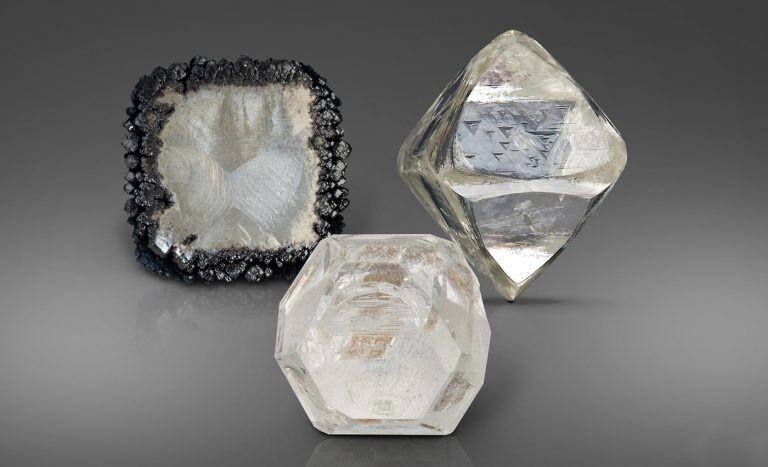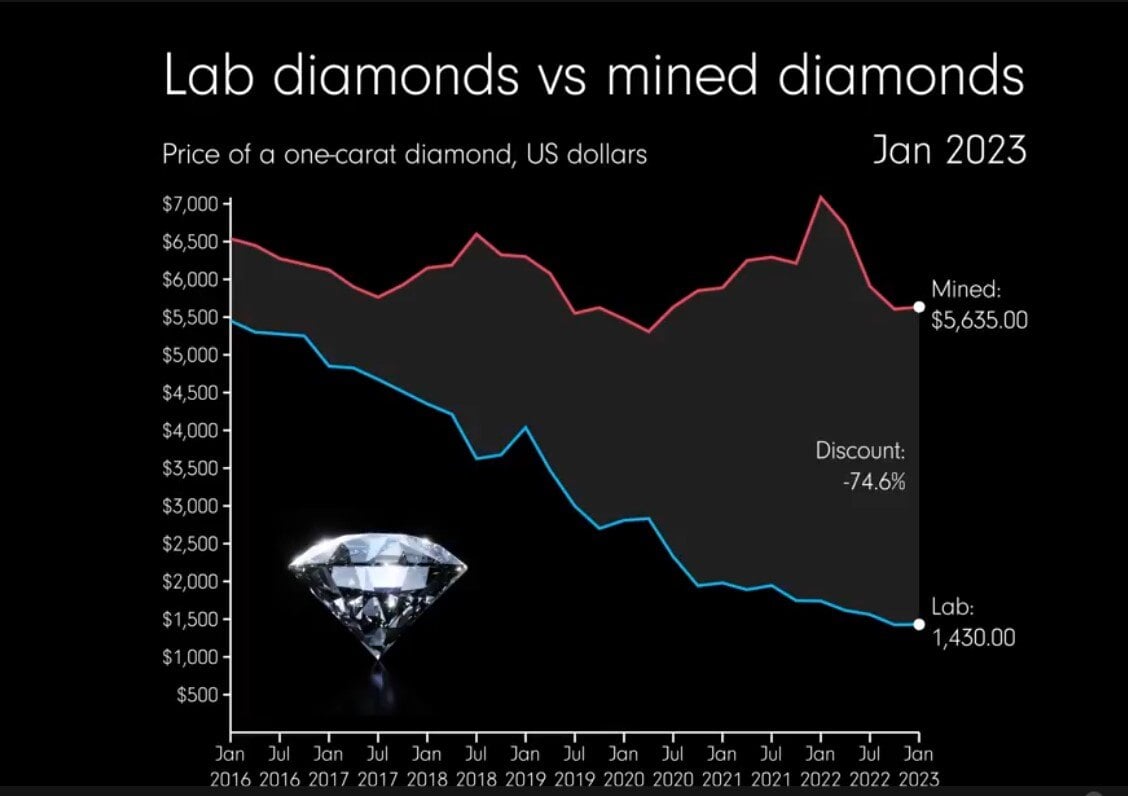Physical and Optical Properties: A Comparison
Lab-grown diamonds have the same physical and optical properties as natural diamonds. Both types of diamonds are composed of carbon atoms arranged in a crystal lattice structure. They have the same hardness, brilliance, and durability. Lab-grown diamonds are indistinguishable from natural diamonds to the naked eye, even to the most experienced of professionals.
However, there are subtle but firmly established differences that can be detected through gemological testing, which is now widely available and affordable. For example, lab-grown diamonds may exhibit specific colour phosphorescence under certain UV light wavelengths or exhibit internal growth patterns or contain impurities that are not typically found in natural diamonds. These distinctions can be used to positively distinguish between the two. Today, the cost and simplicity of identifying a lab-grown, whether set or unset is within every consumer's reach.
Price and Availability: An Ever Widening Gap
A key advantages of lab-grown diamonds is their affordability. The technology and efficiency of producing lab-grown diamonds keeps improving so their downward price spiral has gathered momentum in the past twelve to eighteen months. The price gap between lab-grown and natural has widened considerably and continues to widen such that they are no longer considered a precious or even a semi-precious gemstone.
Natural diamonds have over the years proven to be a storehouse of value and can be a source of portable wealth at times of dire personal need. As a general rule, prices of natural diamonds move up exponentially with size, maintaining their value even during the most volatile economic periods. In comparison, prices of lab-grown are heading towards a linear model with little or no variation in price per carat. As an illustration, if a one carat lab-grown diamond at retail prices today is $500, a two carat would go for $1,000 and a three carat will sell at $1,500. An equivalent three carat natural diamond at retail starts at $75,000.
It is quite evident why mined natural diamonds are significantly more expensive than a mass-produced man-made product, owing to their rarity and the unimaginably long time required for their formation, besides the cost involved in prospecting, mining and processing them. We haven't even considered the value attributed to the deep emotional connections, family heritage and rich historical significance they often hold.








